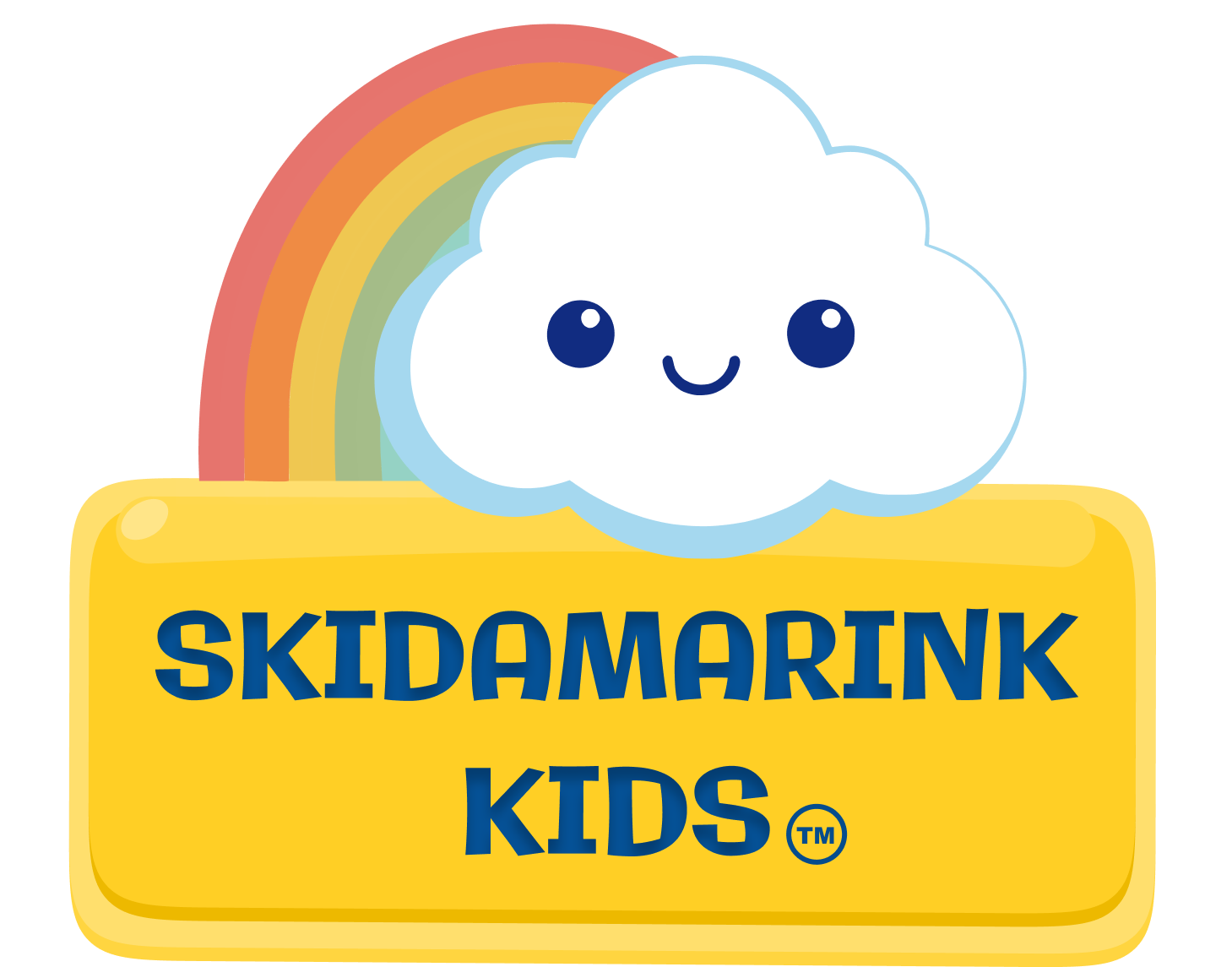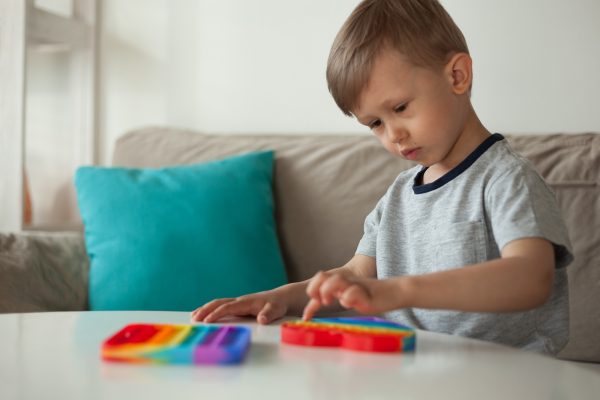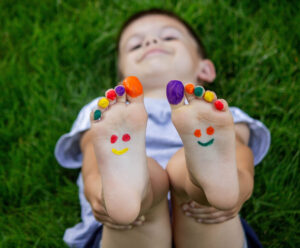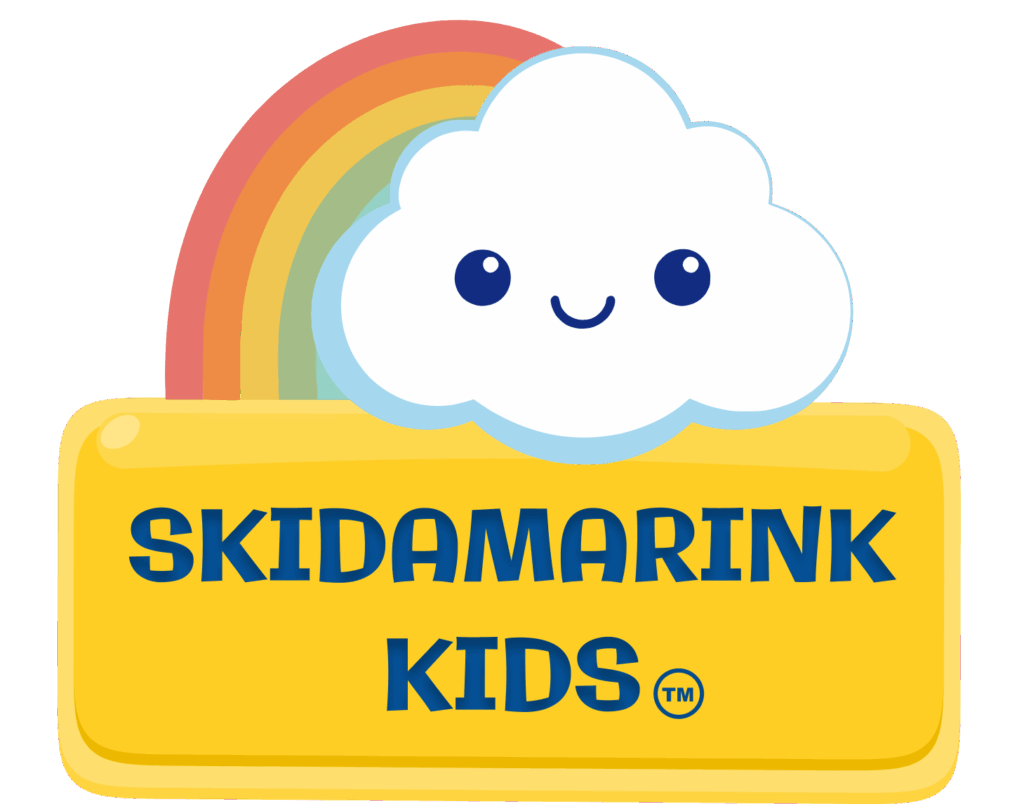Does your child fidget constantly? Maybe they’re always tapping their pencil or they’re constantly touching everything they see. Trust me, you’re not the only parent dealing with this—and before you jump to assume it’s just bad behavior, consider this: your child might actually be showing you what their body needs. This is where fidget toys for self-regulation come in. These little tools (most are pretty portable) give kids the sensory input they’re craving so they can focus better, feel calmer, and handle their emotions. Once you figure out which fidgets work best for your child, you’ll be amazed at how much it helps them concentrate, deal with stress, and get through tough situations.
Understanding the Purpose of Fidgets
Fidgets are more than just trendy toys—they’re practical tools that serve important developmental purposes:
- Provide necessary sensory input
- Satisfy the need for movement in a controlled way
- Help maintain focus during stillness
- Calm an overwhelmed nervous system
- Redirect energy into a non-disruptive activity
- Support emotional regulation during stress
- Give proprioceptive input (awareness of body position)
How Fidgets Support Self-Regulation
The science behind fidgets is truly fascinating—these simple tools can have profound effects on how our brains function:
- Sensory input: Fidgets provide organized, predictable sensory feedback
- Arousal regulation: They can either energize or calm the nervous system
- Attention support: By satisfying the need for movement or tactile input, they free up attention for learning or listening
- Anxiety reduction: Physical manipulation of fidgets can reduce stress hormones
- Mindfulness anchor: They can bring awareness to the present moment
Understanding Your Child's Sensory Needs
Before you start selecting fidgets, it helps to understand what type of sensory input your child seeks or tends to avoid:
Consider Your Child's:
- Sensory preferences: Do they seek or avoid certain textures, movements, or pressures?
- Fine motor skills: Can they manipulate small objects easily?
- Age and safety needs: Are small parts a choking hazard?
- Attention challenges: What situations are most difficult for focus?
- Environmental needs: Will the fidget be used at home, school, or both?
Types and Benefits of Fidget Toys for Self-Regulation
Different fidgets provide different types of sensory input. Here’s a breakdown of common options:
Tactile Fidgets
Options:
- Squeeze balls and stress balls
- Therapy putty or play dough
- Textured items like Tangles or bumpy balls
- Silicone zen strips
- Sticky fidget toys
- Marble mesh fidgets
- Sand-filled items
Benefits:
- Provide deep pressure
- Strengthen hand muscles
- Offer varied tactile input
- Can be calming and grounding
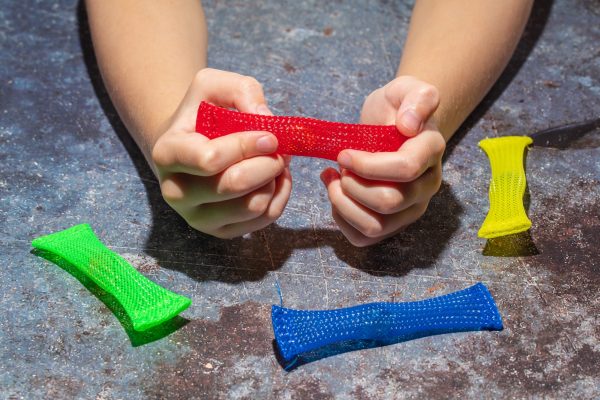
Movement-Based Fidgets
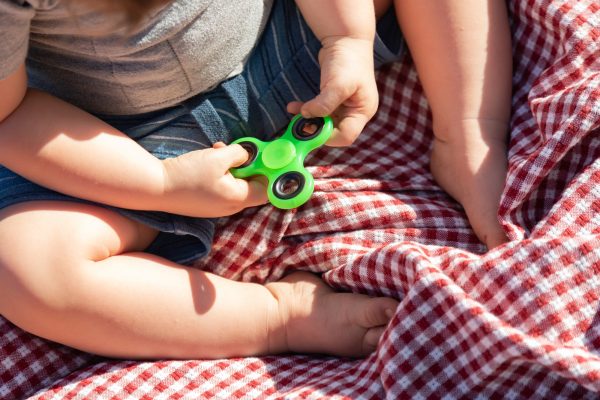
Options:
- Spinners
- Color sorting sensory toys
- Twist toys like Tangle Jr.
- Stretchy strings or coils
- Infinity cubes
- Flippy chains
- Bike chain fidgets
Benefits:
- Meet the need for movement
- Support visual tracking
- Keep hands busy
- May help with restlessness
Oral Motor Fidgets
Options:
- Chewy necklaces and pendants
- Safe chewy tubes
- Straws for drinking (especially thick smoothie straws)
- Pinwheels for blowing
- 3-in-1 whistles
- Vibrating oral tools (consult an OT first)
Benefits:
- Address oral sensory needs
- Provide alternative to chewing on clothing or pencils
- Support jaw strength and oral motor development
- Can be particularly calming for many children

Pressure/Proprioceptive Fidgets
Options:
Benefits:
- Weighted lap pads
- Resistance bands for chair legs
- Hand strengtheners
- Velcro under desks
- Squeeze balls
- Provide deep pressure input
- Create body awareness
- Often have a calming effect
- Help with grounding during anxiety
Visual Fidgets
Options:
Benefits:
- Liquid motion toys
- Sensory bottles
- Light-up fidgets
- Kaleidoscopes
- Sand timers
- Provide visual tracking practice
- Can be hypnotic and calming
- Less obtrusive in some settings
- Support visual processing
Fidgets for Different Settings
At Home
- More flexibility in size, noise level, and messiness
- Can incorporate fidgets into homework routines
- Sensory breaks with more active fidgets can be scheduled
At School
- Work with teachers to find acceptable options
- Focus on discreet, non-distracting fidgets
- Consider attaching fidgets to desks or pencils to prevent loss
- Provide documentation if your child has diagnosed sensory needs
In Public
- Portable, pocket-sized options are ideal
- Keep fidgets attached to backpacks or clothing when possible
- Have backup options available
DIY Fidget Ideas
You can create effective fidgets using household items:
- Balloon filled with flour or rice
- Velcro strips attached to the underside of a desk
- Pipe cleaners twisted together
- Keychain with various textured attachments
- Hair bands or rubber bands for stretching
- Smooth stones from nature
When to Consider Professional Input
If your child has significant sensory processing challenges, consulting with an occupational therapist can provide valuable insights:
- They can assess specific sensory needs
- Provide recommendations for personalized fidget options
- Help create a comprehensive sensory diet
- Offer strategies for different environments
- Provide documentation for school accommodations if needed
Pro Tip
Watch which sensory experiences help your child calm down naturally, then look for fidgets that provide similar input. For example, if your child seeks deep pressure by squeezing into tight spaces, pressure-based fidgets might be most effective for them.
In Conclusion
Fidget toys for self-regulation are valuable tools that can help children manage their sensory needs which in return will help to improve attention, reduce anxiety, and support overall emotional regulation. When you understand your child’s unique sensory needs and choose the right fidgets, you’re giving them practical strategies for self-regulation that can help to benefit them throughout their lives. Remember that the goal isn’t to eliminate movement or sensory seeking behaviors, but rather to channel them in productive ways that support your child’s ability to learn, connect, and thrive.
Want More Information
Check out our companion blogs “Learn the Benefits of Sensory Bins and Fidgets for Children“ to learn the science behind why sensory tools actually work and “A Complete How To Guide to Create Sensory Bins for Children“.
– Kendra
